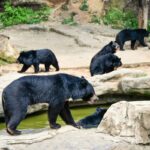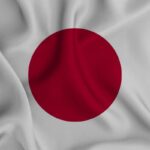When you think of Japan, it comes as no surprise that you think of the hustle and bustle of Tokyo. However, did you know that there are squirrels in Japan? In fact, there are many different wild animals that spread from north to south of Japan.
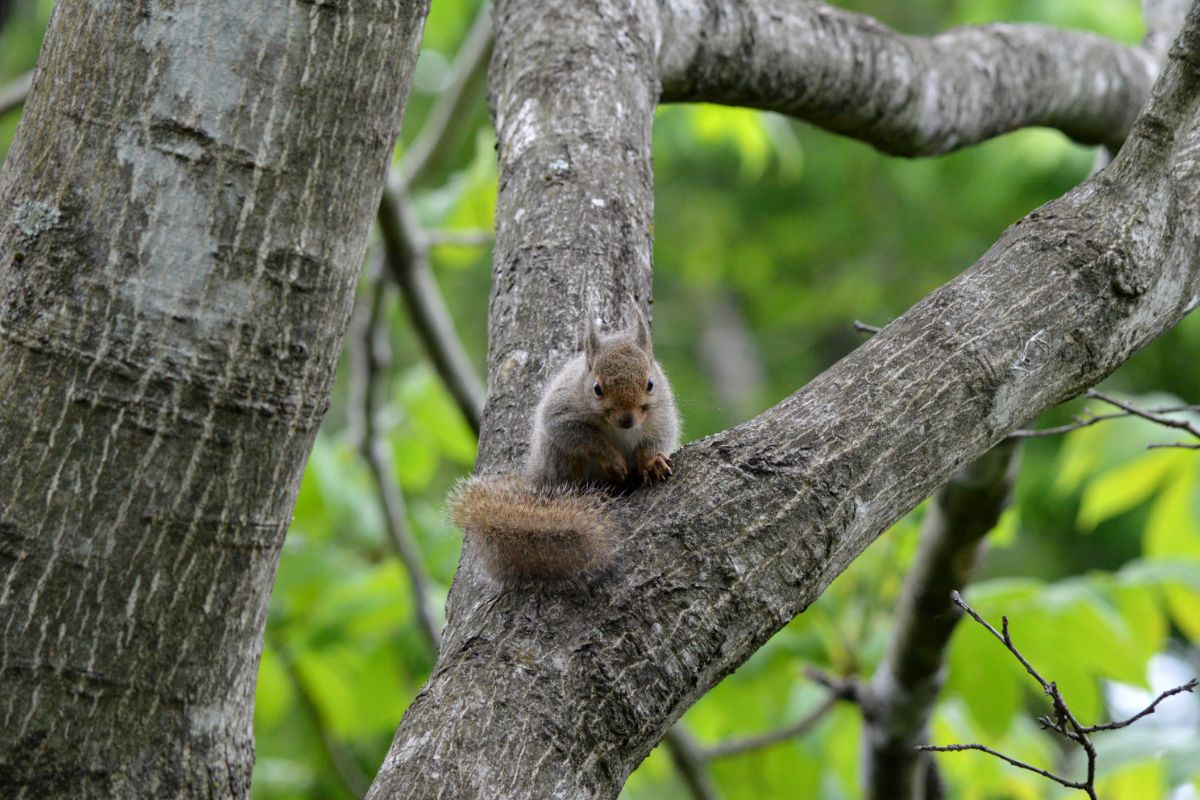
You can spot small and big creatures in urban areas, however they are also fond of the uninhabited forests and mountains. One of these wild creatures is the humble squirrel. The Japanese squirrel is very fond of trees, and is native to the country.
The great thing about them is that they can live happily alongside people. However, some enjoy the comforts of sparsely populated locations.
This is because their habitat is in natural areas such as forests and lowlands within Honshu, Kyushu and Shikoku. In this article we shall take a look at the Japanese squirrel. Read on to find out more!
What Are The Types Of Japanese Squirrels?
There are three types of squirrel in Japan which we shall discuss below. The type you are likely to see is the regular Japanese squirrel. However, there are two types of ‘flying’ squirrel.
Despite the name, they can not actually fly – however, it looks like they are. This is because they have a membrane (the patagium) attached to their arms which allows them to glide in the air as they jump. Let’s take a look at all three of them:
Japanese Squirrel
The Japanese squirrel is native to Japan, and the breed you are likely to see. They are found all over the mainland of Japan, Honshu, as well as Kyushu and Shikoku. One of the interesting things about them is that they change color depending on the season.
In the summer the Japanese squirrel will be a beautiful reddish brown color. As the weather gets colder, their fur turns gray. You will still see hints of brown, such as on their face or dotted throughout their coat. You will find out more about this type of squirrel during the article.
Japanese Dwarf Flying Squirrel
The Japanese dwarf flying squirrel has big eyes and ears, along with a small head and a pointy nose. Many people find this adorable. So much so, the squirrel is a part of the metro card design in Sapporo.
They use their ‘winged’ arms to glide from tree to tree in order to keep safe from predators. The predators include weasels, coyotes, cats and owls – plus many more. They live in evergreen and sub-alpine forests in areas such as Honshu, Kyushu and Shikoku.
Because they are brown in color, sometimes they can be difficult to spot as they blend in with the tree and bushes. But not only that, they are tiny at around 8 inches long. There are so many that they are not considered an endangered species.
They mate up to twice a year, and eat seeds, fruit, buds, bark and leaves. You may not see them in the day either, as they do most of their foraging at night.
Siberian Flying Squirrel (Ezo momonga)
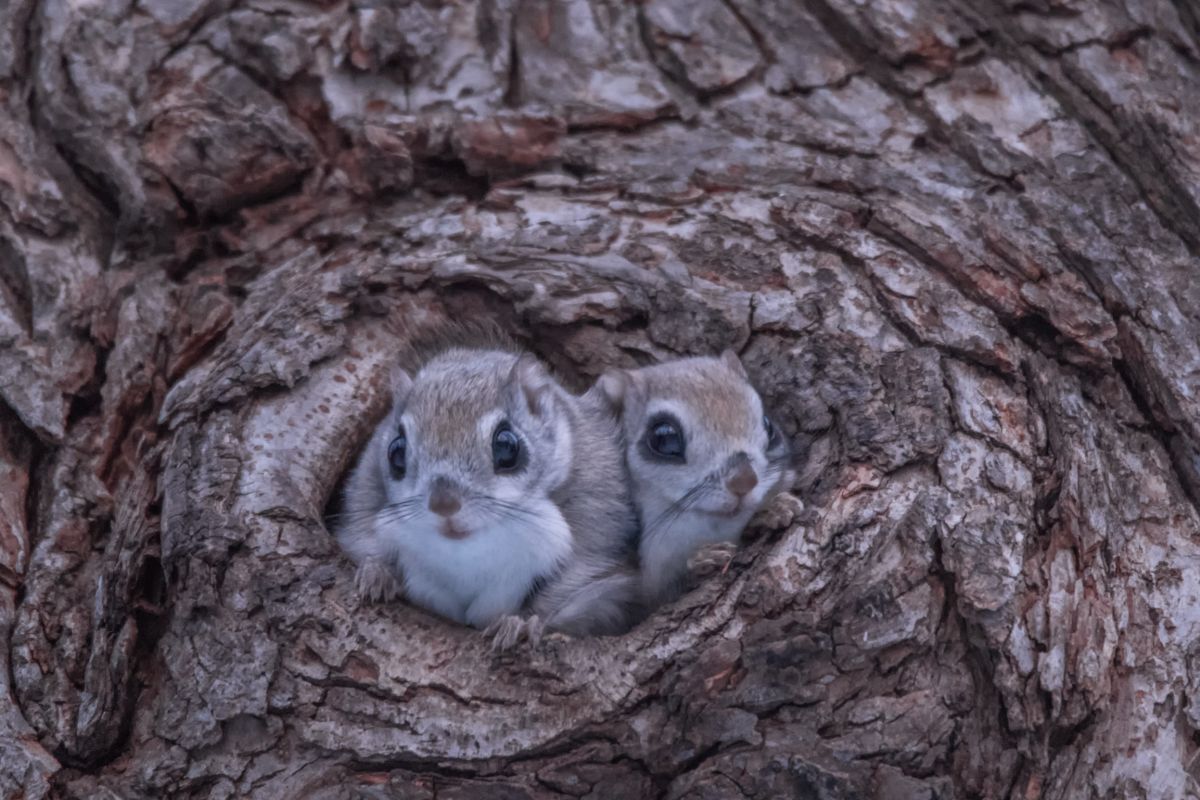
The Siberian flying squirrel is mainly seen in Hokkaido which is the island to the north of mainland Japan. Locally they are called Ezo momonga. The species isn’t generally native to Japan, as they can be found in Siberia and other places.
Unlike the dwarf flying squirrels, the Siberian breed is gray all over. However, they are the exact same size, and have a 5 inch tail. This type of squirrel also does all of its foraging at night.
Despite this, sometimes female squirrels who have babies will forage during the day too. They will eat nuts, seeds and berries.
What Does The Japanese Squirrel Look Like?
The Japanese-native squirrel is often referred to as cute. While it doesn’t have the big cartoonish eyes that the flying squirrels have, it does have an adorable face.
Black eyes, cute little ears, a bushy tail, grippy paws, and fluffy fur make up the Japanese squirrel. They are reddish brown in color and often have a white front. However, as we stated above, the color of the fur changes with the season.
In the warmer weather the fur is reddish brown, but it turns to a gray or light brown color in the colder months. This is to help it blend in with its surroundings. The size of the squirrel ranges from around 6 inches up to 8.5 inches in length.
The tail can then add on another 5 or 7 inches. Because there isn’t much difference in size, it is difficult to tell which squirrels are male or female.
What Is The Japanese Squirrel Habitat?
Japanese squirrels are native to Japan, so you will not find them in any other country. However, while they are commonly found within Honshu, Kyushu and Shikoku, their habitats are disappearing from the western areas of Japan.
This is due to an increase in deforestation. Removing their natural habitat forces squirrels to go hungry and lose their home. This can then result in the death of the squirrel, which may bring on extinction in extreme cases.
Japanese squirrels like to live among trees in forests and mountains. However, you may also see them in urban areas that have trees. Some squirrels have learned to live alongside humans.
Squirrels mainly forage at night and the early morning, but it isn’t surprising that they are seen during the day either. They often make a quick nest to nap in, and then continue to forage.
They look for nuts, berries, seeds, leaves, flowers, buds and fungi to eat and store. They also enjoy eating Japanese walnuts too.
Final Thoughts
As you can see, Japan does have squirrels. While there is the Japanese squirrel which is wonderfully reddish brown in color, there are flying squirrels too.
One such breed is the Japanese-native dwarf flying squirrel which glides in the air from tree to tree. Hopefully you have found all the information you need to know about Japanese squirrels!
- 16 Best Websites To Watch Japanese Movies With English Subtitles - May 11, 2023
- Is ZIPAIR The Best Airline For Traveling To Japan? - May 11, 2023
- Ryu Murakami Vs Haruki Murakami – Which One Should You Read? - May 11, 2023

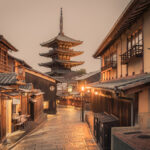
![Native & Wild Animals That Live In Japan [Wildlife Guide] Native & Wild Animals That Live In Japan [Wildlife Guide]](https://justaboutjapan.com/wp-content/uploads/2022/09/Native-Wild-Animals-That-Live-In-Japan-150x150.jpg)

